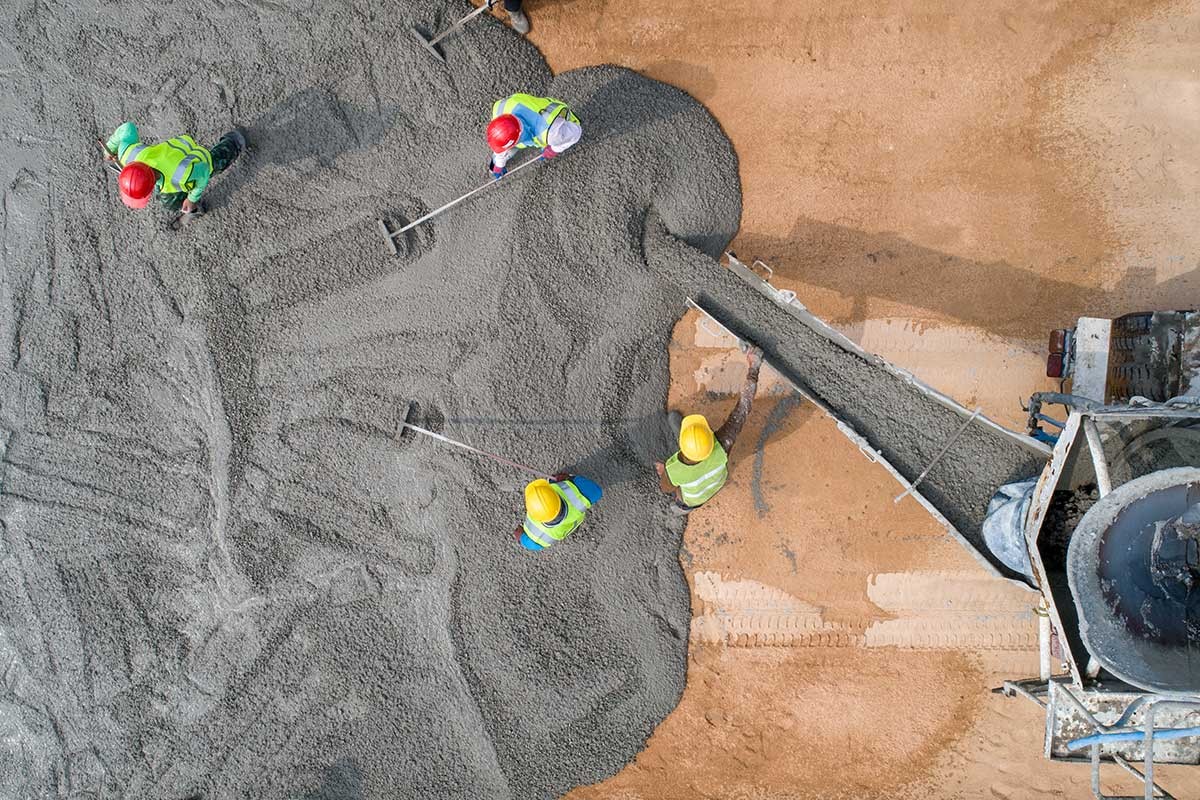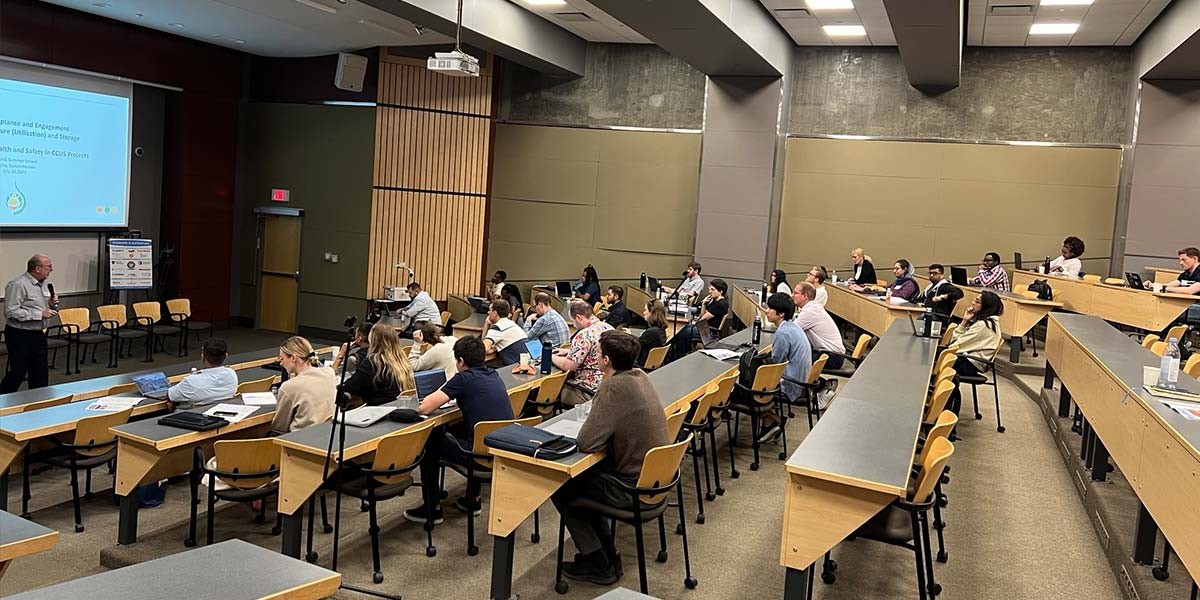With over 4 Gt of cement and 46 Gt of aggregate produced each year, equating to ~8% of global anthropogenic CO2 emissions, the construction industry is likely to grow with the expansion of the built environment at a time when emissions need to be reduced. Over the past two decades, an increasing number of companies have emerged with a focus on deve...





